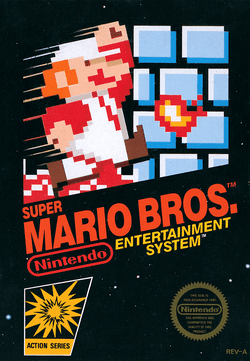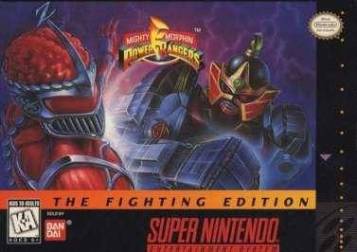Everyone knows Mario, and most everyone is familiar with the heralded Super Mario Bros. So much so, that there's almost no need for an introduction. This year marks the 25th anniversary of Mario's hit on the Famicom, and it feels a little wrong not to celebrate with the rest of the world.
Super Mario Bros., in it's no-save, tough-as-nails glory, really hasn't phased me as much as it should have. I enjoy it to an extent, but to this day I can only get past world 8-3. I've never saved Peach, nor have I felt the burning desire to try hard enough to get past that.
And yet, I own almost every North American release of the game, including the Game Boy Advance re-release, which in comparison to Super Mario Bros. Deluxe for the Game Boy Color was ironically inferior. What has kept not only myself, but millions of other gamers coming back to this 25-year-old game? For me, it couldn't possibly be nostalgia; I didn't grow up with the NES, and my first Mario game was Super Mario 64.
No, it would be wrong to chalk up the reason to something as labeled, as ordinary as nostalgia. What we have here can't be expressed in words. Super Mario Bros. has the power to turn children into gamers. When one picks up the controller, they just know what has to be done. It is quite clear in my memory that I had no question of how to play the game, and in a generation where tutorials are long, game play complexities high, and casuals be damned, Super Mario Bros offers no hand-holding. There is no clear explanation as to how to play the game, aside from the manual of course, and yet everyone who picks this game up for the first time knows that they must make Mario move to the right. Of course, there's much more to it than that- I can't make it to the final level, but I digress. To me, this is not only refreshing, but arguably what saved the video game industry.
When viewed literally, like most games, Super Mario Bros. could have been a failure. Playing as a 40-something plumber shouldn't be fun, yet it was revolutionary. The vibrant, colorful worlds filled with mushrooms and turtles is inviting, and instantly accepted. There is no way to explain how Mario-creator Shigeru Miyamoto managed to single-handedly revive a dying market and revolutionize the way we play games, but he did.
The gameplay was flawless; I'm trying to think of anything I can say that could criticize it, but it is impossible. The music was flawless; with just three different tracks, Super Mario Bros.' music has such resonance in our culture today, with the main track subsequently being referenced in every Mario game in some form, and in the media. Humming the tune will most likely generate a feeling of familiarity in the minds of those around you who hear it. The only thing I could criticize is it's difficulty towards the end of the game, but I'm stopped by the fact that it's probably just my own lack of skill.
Seemingly the only way to explain the unquestionable fun of Super Mario Bros. would be to call it a miracle- you don't know how it happened, or why, but you accept it and appreciate it for what it is. There are better games to play, sure, but would those games exist had it not been for Super Mario Bros.? Probably not. Happy 25th, Mario.
One more copy of the same game shouldn't hurt, so why not really impress your friends, and get a copy of Super Mario Bros. for the Famicom off of eBay:









